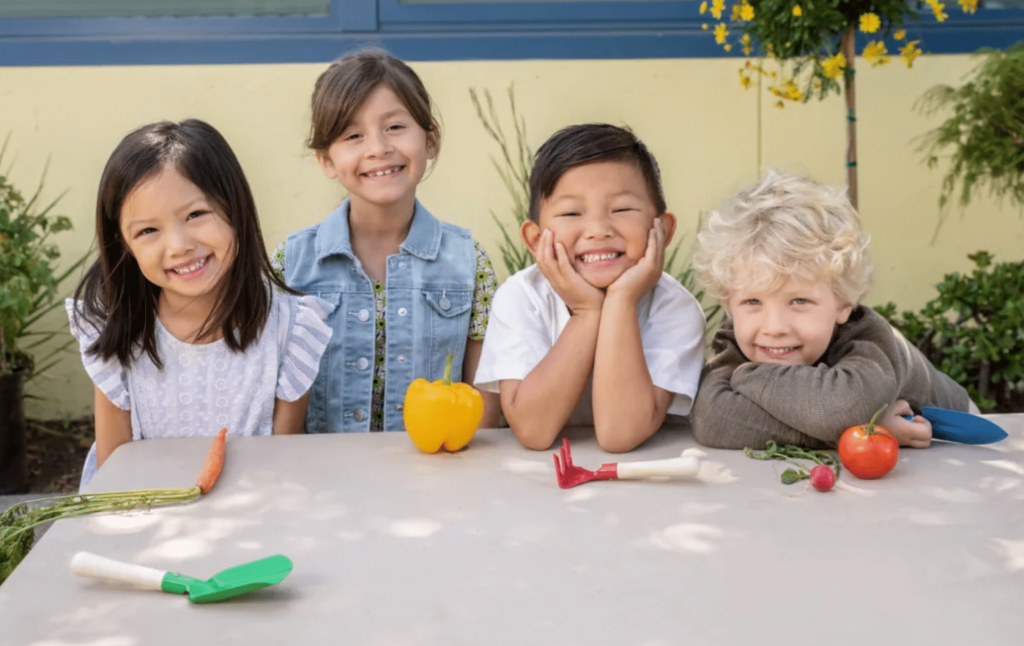Sweetgreen is Putting $1 Million Into Better School Lunches With FoodCorps
sweetgreen has committed $1 million to FoodCorps to help bring students’ voice and choice to school lunches.
sweetgreen has committed $1 million to FoodCorps to help bring students’ voice and choice to school lunches.


Ben Paynter, Fast Company
Customers who step into a Sweetgreen might choose the chicken pesto parm bowl, lentil avocado salad, or go on a build-your-own adventure as they proceed down the assembly line of fresh ingredients. The not-so-secret recipe is that healthy food gets prepared in clever ways, and there’s plenty of choice. Sweetgreen just committed $1 million to the nonprofit FoodCorps to try to do the same thing with school lunches.
FoodCorps, which launched in 2009, exists to connect kids with healthier ways of eating through things like school gardening programs and in-school culinary lessons. In this case, Sweetgreen is backing three specific initiatives that the nonprofit uses to improve school cafeterias. The first is its so-called “tasty challenge,” which allows kids to regularly try fruits and vegetable prepared in different ways and vote for their favorites (trying raw versus roasted carrots, for instance). The second is the addition of a “flavor bar” of sauces and spices that kids can use to explore new flavors and ways of seasoning their food (from adobo to hot sauce, ketchup, or garlic granules).
The third concept is a community feedback and planning process called School Cafeteria 2.0 that empowers kids to decide for themselves how their dining experience might be improved, and then use that consensus to make changes alongside school administrators. In some schools, the priority might be more natural light and plants, while in others, it could be more communal seating, rethinking how the food itself is arranged and served so kids actually have time to eat it.
Sweetgreen cofounder Nathaniel Ru says that one of the most appealing aspects of all these concepts is the “hands-on learning” opportunities for kids. In some ways, it represents what’s happening in his shops as regulars try or combine new things. “[This] is really focused on seeking to understand students’ kind of choice and voice and things that really change behavior in terms of healthy eating in schools,” he says.

FoodCorps in the News: 2024

FoodCorps’ Statement on the 2024 Election

FoodCorps Welcomes Rachel Willis as Interim President